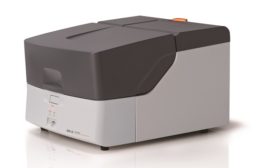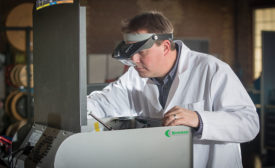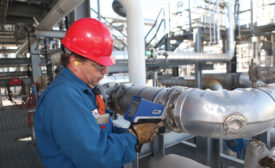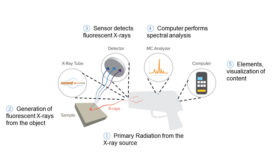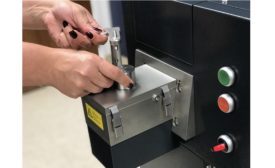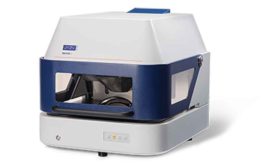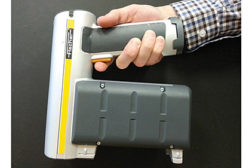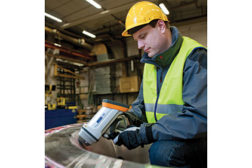Home » x-ray fluorescence
Articles Tagged with ''x-ray fluorescence''
Beginner tips to understand the role XRF plays in restricting hazardous materials.
Read More
With XRF Measurement, the Goal is Achieving Low Limits of Detection Precisely—and Fast
Here’s how to get there.
June 8, 2018
XRF 101: Choosing the Right Analyzer
Consider these seven points to help you identify what tool best meets your needs.
November 13, 2017
Triboluminescence: Enabling Major Advances in XRF
Triboluminescent X-ray generation has had a profound impact on XRF technologies.
October 17, 2017
INDUSTRY HEADLINE
MicroConnex Deploys High-Resolution Fischerscope X-Ray Fluorescence Metrology Station
August 4, 2017
Choosing an X-Ray Fluorescence (XRF) Instrument
Energy Dispersive XRF systems are offered in a number of benchtop configurations and also in portable, handheld configurations.
April 9, 2015
Quality 101: XRF 101
Avoid costly process failures by utilizing XRF analysis
December 6, 2013
Stay in the know with Quality’s comprehensive coverage of
the manufacturing and metrology industries.
eNewsletter | Website | eMagazine
JOIN TODAY!Copyright ©2024. All Rights Reserved BNP Media.
Design, CMS, Hosting & Web Development :: ePublishing
